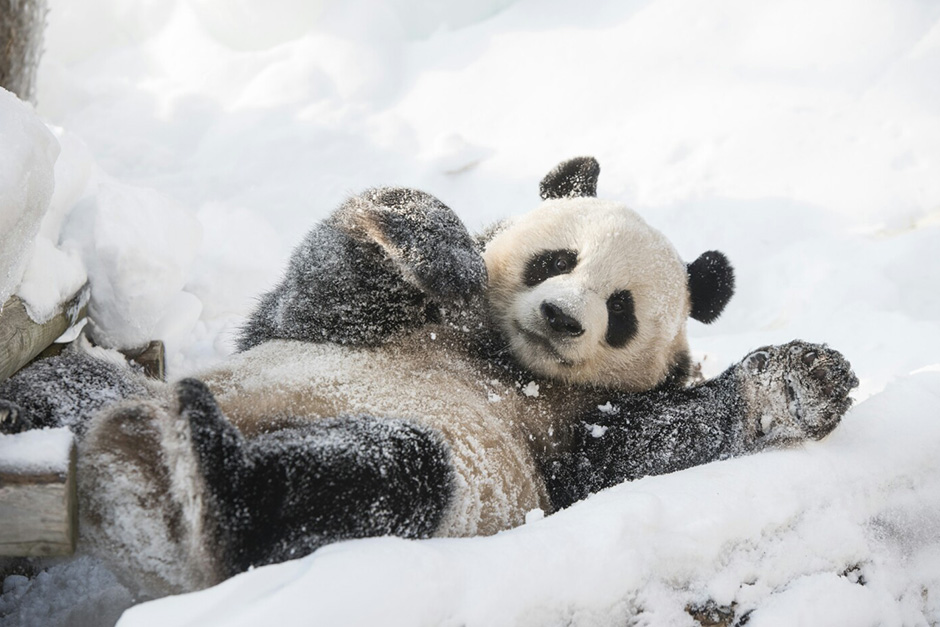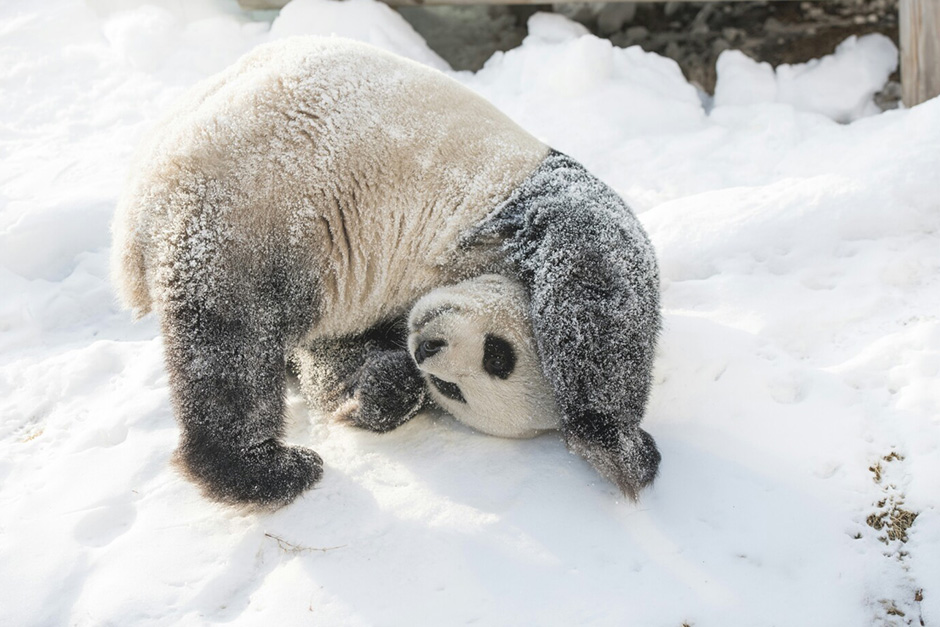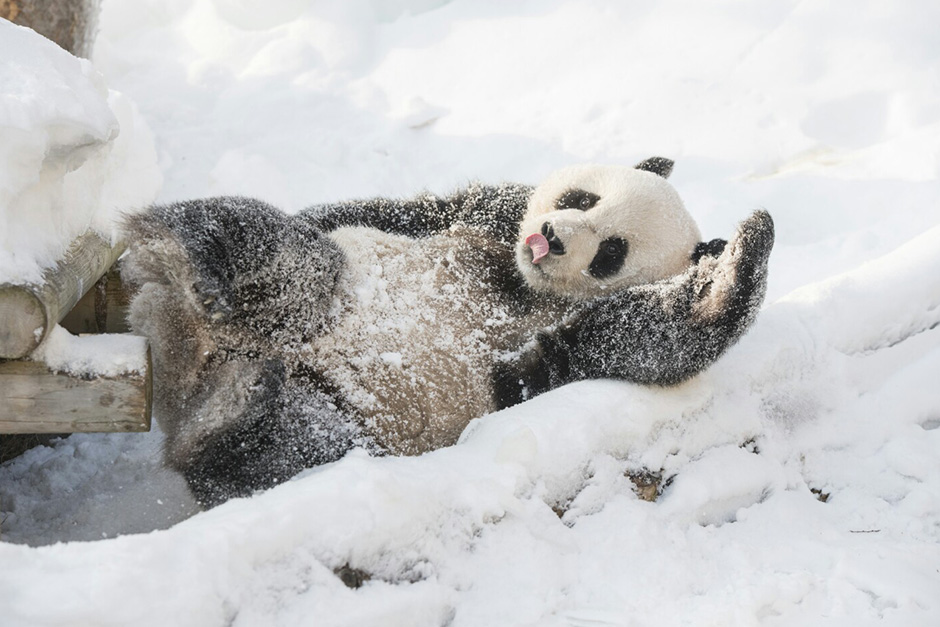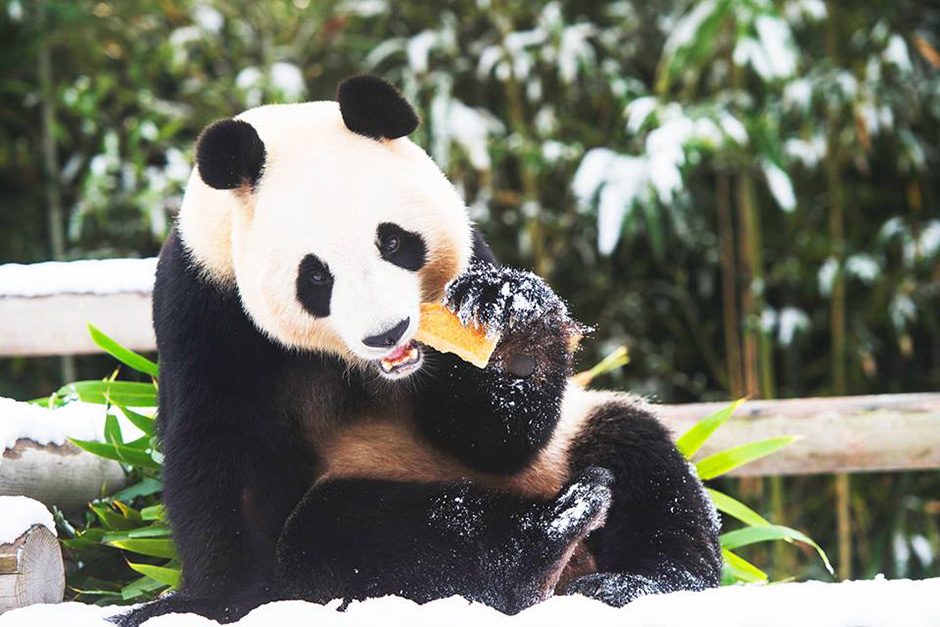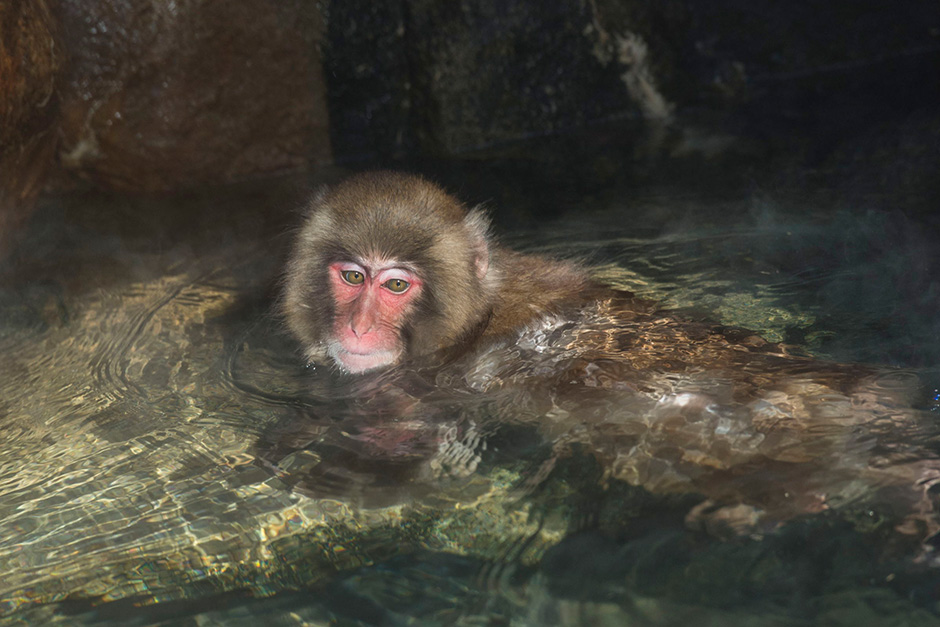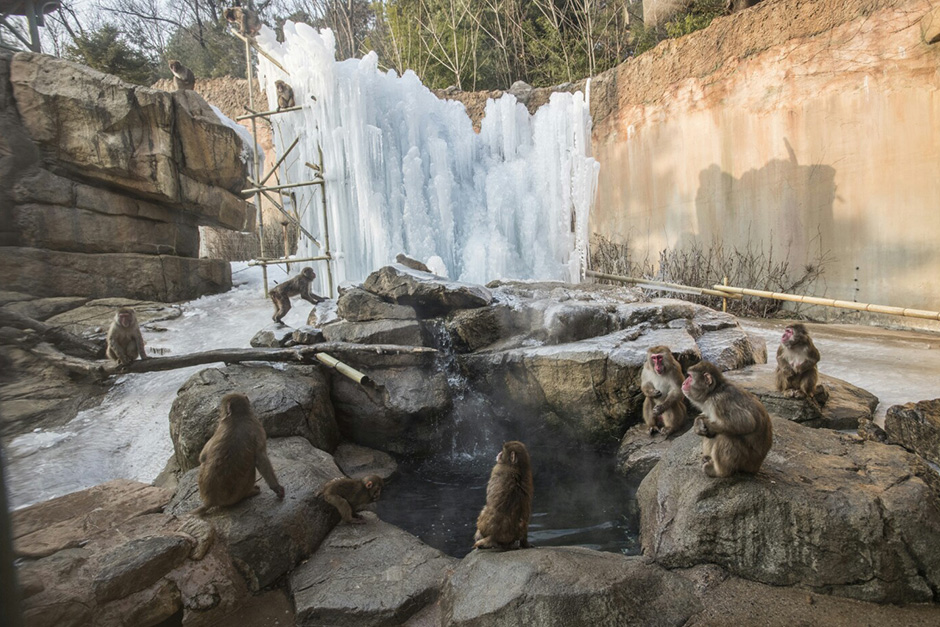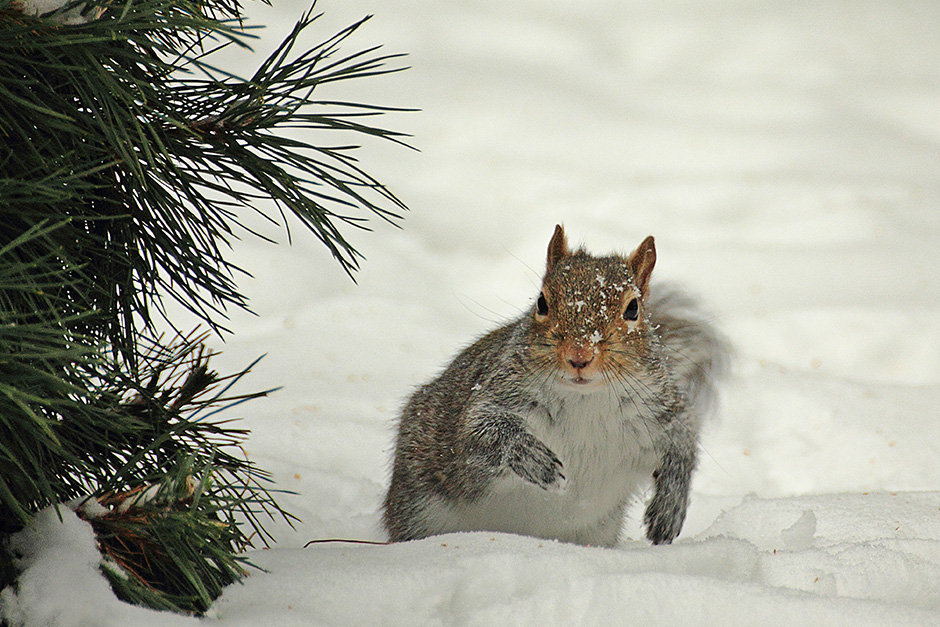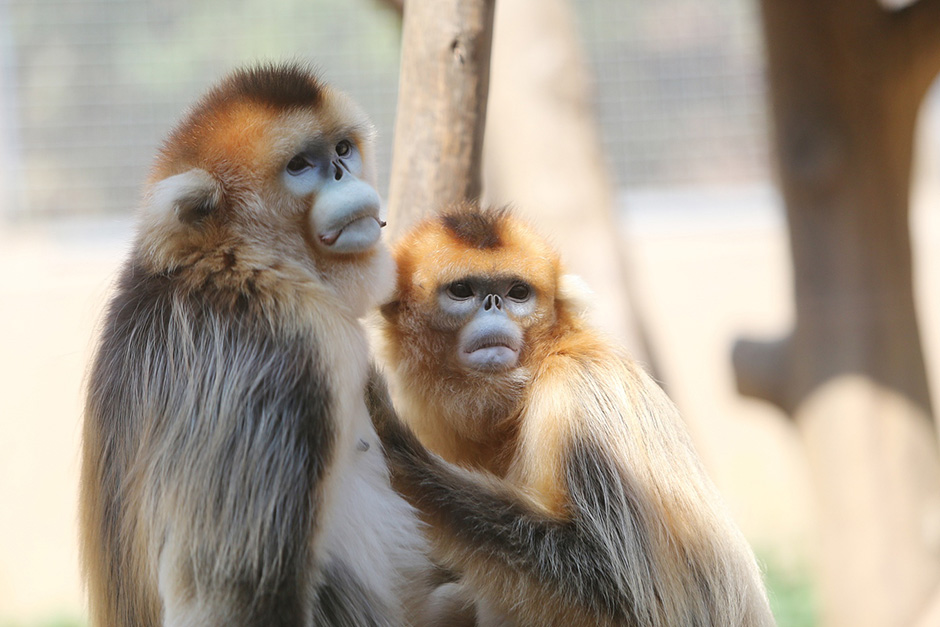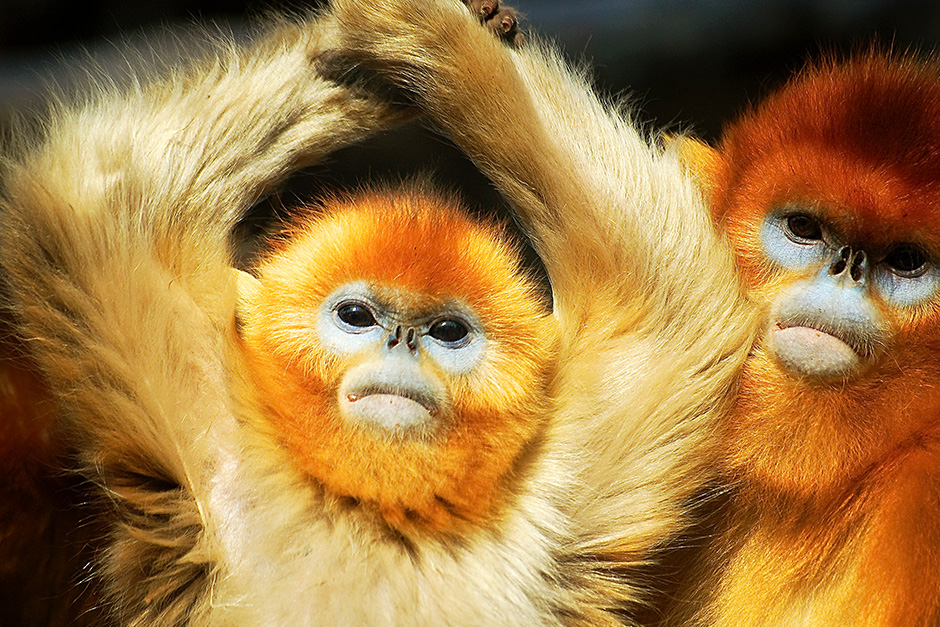When the temperature drops, throwing on a thicker coat, putting on a scarf and some gloves might be all the difference in our daily routine. But in the animal kingdom, the arrival of winter presents challenges that require ingenuity to overcome.
Some migrate for thousands of miles to escape the cold. Others eat till their heart’s content, build themselves a cozy den, and hibernate until winter’s over. Still others change their routines, behaviors, and even appearances to cope.
Everland’s Zootopia is home to many animals from some of the coldest parts of the world. Located south of Seoul, the theme park is the ultimate place to observe animals’ winter behaviors up close. Here are some Zootopia residents with unique routines in winter.
Why Don’t Giant Pandas Hibernate?
For such a large creature that loves to sleep, you would think that giant pandas would jump at any chance to hibernate. But in fact, giant pandas are just as active during winter as any other seasons.
The answer to why giant pandas don’t hibernate lies in their evolutionary history.
While the national symbol of China is often pictured chowing down bamboo shoots, scientists found that their ancestors were in fact meat-loving carnivores.
Even though modern-day giant pandas have changed their diet, their digestive system hasn’t changed. That means they are very bad at extracting nutrients from bamboo, making it necessary for them to keep eating all the time, even during winter.
Perhaps this peculiar ancestry worked out for the best, since giant pandas love to play in the snow!
How did Japanese Macaques Learn to Enjoy Onsen?
Japanese macaques are famous for dipping into hot springs to beat the cold. So it may come as a surprise to you that these monkeys have not always enjoyed taking warm baths.
This unique behavior began when a female Japanese macaque named Mukubili waded into a hot spring in 1963 to retrieve some soy beans. The monkey liked the warmth so much she stayed in the water. Others soon followed, and the behavior spread.
Over the years, scientists studying Japanese macaques have been continually amazed by their ability to learn behaviors from one another. What this also means is that just like people, these monkeys have the capacity to develop traditions and cultures.
Why Do Gray Squirrels Hoard Food?
In the months leading up to winter, you’ll find gray squirrels busy collecting and storing food.
Food supplies can become scarce during winter. And contrary to common beliefs, gray squirrels don’t hibernate, which means they must have adequate supplies that can last for months.
To stay on top of the fierce competition for food, gray squirrels adopt a strategy called “scatter hoarding” to keep their stashes from being stolen. Leaving their scent on every nut they collect, gray squirrels bury their food supplies in up to 2,000 locations, and later retrieving them using their memory and smell.
Gray squirrels have become quite the security expert at hiding food, as they have been observed pretending to bury nuts to keep other animals at bay.
Why Do Golden Snub-nosed Monkeys Adjust their Menu?
Of all non-human primates, golden snub-nosed monkeys live in the coldest environment. In the mountainous forests in Southwestern China where these monkeys reside, temperatures can swing from around 20 °C in July to – 8 °C in January.
With such wild fluctuation in temperature, food sources can be unstable. But luckily, these golden-furred monkeys have found a way to cope. During warmer seasons, their diet consists of seeds, flower buds, leaves, and insects. But when the bitter cold sets in, they adapt to the environment and fill their stomachs with the bark of trees.
Despite being non-picky eaters, there’s still one food that golden snub-nosed monkeys love the most – lichen, which is available all year round.


